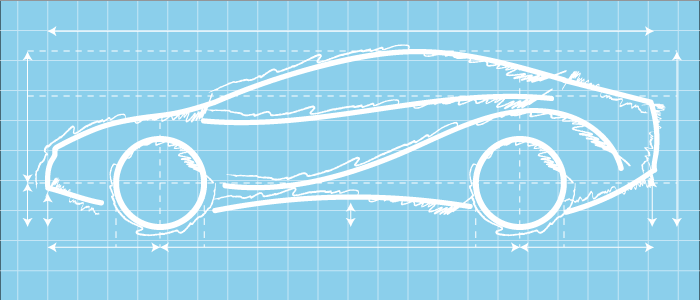Gasoline and Diesel Advanced Technology Vehicles
 Most people think of electric, hybrid and hydrogen fuel cell vehicles when talking about advanced automotive technology, but did you know owners of conventional (gasoline and diesel) vehicles are also benefiting from cutting-edge technology? Since conventional vehicles still make up the majority of new vehicles purchased, and will continue to do so in the years to come, it may be good for you, your wallet, and the environment to learn about some of these newer options now available on the dealership lot.
Most people think of electric, hybrid and hydrogen fuel cell vehicles when talking about advanced automotive technology, but did you know owners of conventional (gasoline and diesel) vehicles are also benefiting from cutting-edge technology? Since conventional vehicles still make up the majority of new vehicles purchased, and will continue to do so in the years to come, it may be good for you, your wallet, and the environment to learn about some of these newer options now available on the dealership lot.
Gasoline versus Diesel
Gasoline and diesel are both fuels refined from crude oil, but with significant chemical differences. Before being refined, crude oil contains a variety of hydrocarbon compounds. Refineries separate these compounds into a variety of products, including gasoline and diesel. In comparison to gasoline, diesel:
- Is denser and harder to ignite
- Contains more energy per gallon of fuel than gasoline (generally resulting in higher fuel economy)
- Contains more carbon per gallon (generally resulting in more CO2 emissions per gallon)
Gasoline and diesel require different engine technology, so cars and trucks will use one fuel or the other, never both.
- Advanced Transmissions: The advanced electronics in today's vehicles can optimize gear shifting for improved fuel efficiency. Six-, 7-, and 8-speed automatic transmissions are now available, with even more gears being added to newer models. Continuously variable transmissions (CVTs) can change seamlessly through an infinite number of gears. Transmissions with more gears allow the engine to run at its most efficient speed more often, improving fuel economy.
- Cylinder Deactivation: Cylinder deactivation "turns off" some of the engine's cylinders when they are not needed. This temporarily and seamlessly turns an 8- or 6-cylinder engine into a more efficient 4- or 3-cylinder engine.
- Improved Aerodynamics: Reducing a vehicle's aerodynamic drag (wind resistance) improves fuel economy, especially at higher speeds. Many manufacturers are improving aerodynamics by refining vehicle shapes or by using external moving parts such as "shutters" that close off the grill, allowing air to flow smoothly around the vehicle instead of into the engine compartment where it produces more drag.
- Lighter Vehicles: Reducing vehicle weight improves fuel economy. Manufacturers are beginning to redesign vehicles to weigh less while maintaining performance and safety. One way to do this is by replacing a steel body with a lighter-weight material, such as aluminum, which can reduce vehicle weight by hundreds of pounds.
- Low Rolling Resistance Tires: As tires roll, they flex, which uses energy. Tire materials, construction, and tread design influence the amount of energy used. Designers can select these characteristics to minimize rolling resistance, which can improve a vehicle’s fuel efficiency.
- Start-Stop Systems:Start-stop systems (sometimes called idle-stop, smart start, or other manufacturer-specific names) save fuel by turning off the engine when the vehicle comes to a stop and automatically starting it back up when you step on the accelerator. Start-stop can improve fuel economy by 4%–5% and provides the biggest benefit in conditions where the engine would otherwise be idling, such as stop-and-go city driving.
- Turbocharging:Turbocharging saves fuel by allowing a smaller, more fuel-efficient engine to be used in place of a larger one without giving up power. By compressing the air going into the engine, turbochargers allow smaller engines to perform like big engines when they need to, while maintaining the fuel savings of a smaller engine. Replacing an 8-cylinder engine with a turbocharged 6-cylinder or a 6-cylinder engine with a turbocharged 4-cylinder can save fuel and still provide extra power when needed.
